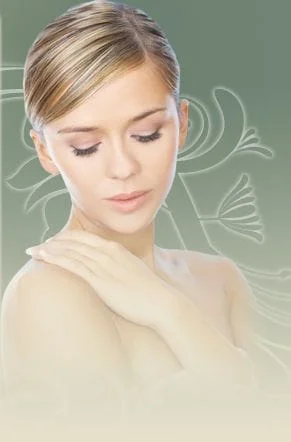 Acne is a common skin condition caused by the blockage of hair follicles by sebum (oil), dead skin cells, and bacteria. The blocked pores lead to whiteheads, blackheads, inflammatory papules or nodules (red, tender bumps), pustules (pus-filled bumps), and even cysts. Acne breakouts can occur at any age but are most common during the teenage years. Hormonal changes, certain medications, and the use of oily or greasy products are some factors that can contribute to breakouts. Acne breakouts most typically occur on the face, chest, back, and shoulders. Numerous treatment options are available, including but not limited to: over-the-counter products, prescription topical medications, oral prescription medications, photodynamic therapy, chemical peels, and laser therapy.
Acne is a common skin condition caused by the blockage of hair follicles by sebum (oil), dead skin cells, and bacteria. The blocked pores lead to whiteheads, blackheads, inflammatory papules or nodules (red, tender bumps), pustules (pus-filled bumps), and even cysts. Acne breakouts can occur at any age but are most common during the teenage years. Hormonal changes, certain medications, and the use of oily or greasy products are some factors that can contribute to breakouts. Acne breakouts most typically occur on the face, chest, back, and shoulders. Numerous treatment options are available, including but not limited to: over-the-counter products, prescription topical medications, oral prescription medications, photodynamic therapy, chemical peels, and laser therapy.
Disclaimer:
The information on this website is provided for educational and information purposes only and is not medical advice. Always consult with a licensed medical provider and follow their recommendations regardless of what you read on this website. If you think you are having a medical emergency, dial 911 or go to the nearest emergency room. Links to other third-party websites are provided for your convenience only. If you decide to access any of the third-party websites, you do so entirely at your own risk and subject to the terms of use for those websites. Neither Kinnelon Dermatology Associates, nor any contributor to this website, makes any representation, express or implied, regarding the information provided on this website or any information you may access on a third-party website using a link. Use of this website does not establish a doctor-patient relationship. If you would like to request an appointment with a health care provider, please call our office at 973-838-1771.






